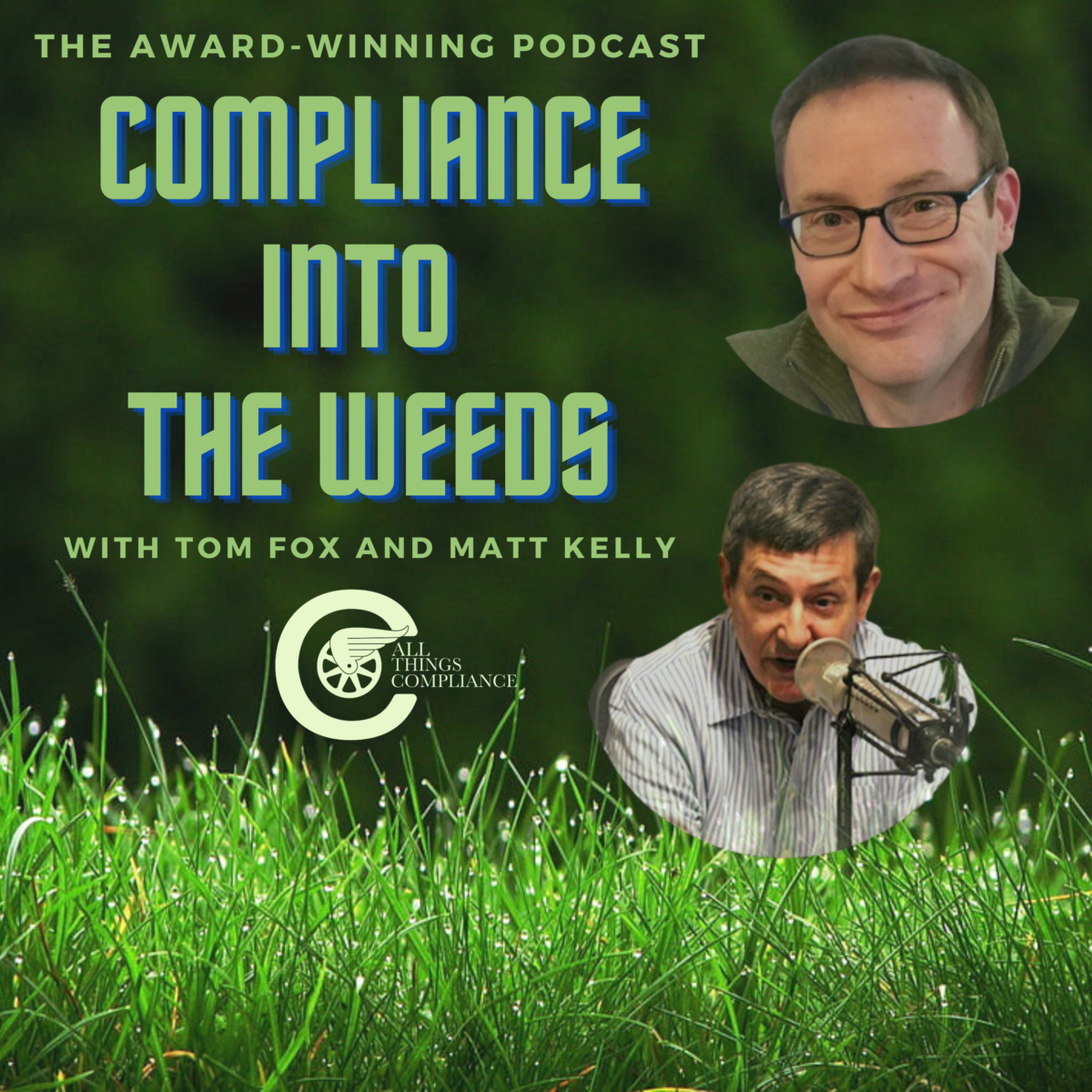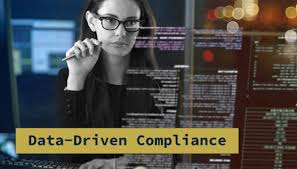What is the value of having a Code of Conduct? In its early days, a Code of Conduct tended to be lawyer-written and lawyer-driven to wave in regulator’s face during an enforcement action as proof of ethical overall behavior. Is such a legalistic code effective? Is a Code of Conduct more than simply your company’s internal law? What should be the goal in the creation of your company’s Code of Conduct?
How important is the Code of Conduct? Consider the 2016 SEC enforcement action involving United Airlines, Inc., which turned on violation of the company’s Code of Conduct. The breach of the Code of Conduct was determined to be a FCPA internal controls violation. It involved a clear quid pro quo benefit paid out by United to David Samson, the former Chairman of the Board of Directors of the Port Authority of New York and New Jersey, the public government entity which has authority over, among other things, United’s operations at the company’s huge east coast hub at Newark, NJ.
The actions of United’s former CEO, Jeff Smisek, in personally approving the benefit granted to favor Samson violated the company’s internal controls around gifts to government officials by failing to not only follow the United Code of Conduct but also violating it. The $2.4 million civil penalty levied on United was in addition to its 2016 Non-Prosecution Agreement (NPA) settlement with the DOJ, which resulted in a penalty of $2.25 million. The scandal also cost the resignation of Smisek and two high-level executives from United.
In the 2020 FCPA Resource Guide, 2nd edition, the DOJ and SEC stated:
A company’s Code of Conduct is often the foundation upon which an effective compliance program is built. As DOJ has repeatedly noted the most effective codes are clear, concise, and accessible to all employees and to those conducting business on the company’s behalf.
The 2023 ECCP specified “As a threshold matter, prosecutors should examine whether the company has a code of conduct that sets forth, among other things, the company’s commitment to full compliance with relevant Federal laws that is accessible and applicable to all company employees.” The Antitrust Guidance also specified “If the company has a Code of Conduct, are antitrust policies and principles included in the document?”
The 2020 FCPA Resource Guide, 2nd edition, the 2023 ECCP and Antitrust Guidance go on to make it clear that it is difficult to effectively implement a compliance program if it was not available in the local language so that employees in foreign subsidiaries can access and understand it. When assessing a compliance program, DOJ and SEC will review whether the company has taken steps to make certain that the Code of Conduct remains current and effective and whether a company has periodically reviewed and updated its code.
There are several purposes which should be communicated in your Code of Conduct. The overriding goal is for all employees to follow what is required of them under the Code of Conduct. You can do this by communicating those requirements, to providing a process for proper decision-making and then requiring that all persons subject to the Code of Conduct put these standards into everyday business practice. Such actions are some of your best evidence that your company upholds and supports proper compliance.
The substance of your Code of Conduct should be tailored to your company’s culture, and to its industry and corporate identity. It should provide a mechanism by which employees who are trying to do the right thing in the compliance and business ethics arena can do so. The Code of Conduct can be used as a basis for employee review and evaluation. It should certainly be invoked if there is a violation. Your company’s disciplinary procedures must be stated in the Code. These would include all forms of disciplines, up to and including dismissal, for serious violations of the Code. Further, your company’s Code should emphasize it will comply with all applicable laws and regulations, wherever it does business. The code needs to be written in plain English and translated into other languages as necessary so that all applicable persons can understand it.
The three most important things about your compliance program are “Document, Document, and Document.” The same is true in communicating your company’s Code of Conduct. You need to do more than simply put it on your website and tell folks it is there, available and that they should read it. You need to document that all employees, or anyone else that your Code of Conduct is applicable to, has received, read, and understands it. The DOJ expects each company to begin its compliance program with a very publicly announced, very robust Code of Conduct. If your company does not have one, you need to implement one forthwith.
However, your Code of Conduct is not a static document to be put on a shelf and never reviewed again. For just as your compliance program is a living entity; it should be constantly evolving, the same is true for your Code of Conduct. If your company has not reviewed or assessed your Code of Conduct for five years, do so in short order, as much has changed in the compliance world. Some of the questions you should begin with include:
• When was the last time your Code of Conduct was revised?
• Have there been changes to your company’s business model since the last revision to the Code of Conduct?
• Have there been changes to relevant laws relating to a topic covered in your company’s Code of Conduct?
• Are any provisions of the Code of Conduct outdated?
• What is the budget to revise your Code of Conduct?
After revision of your Code of Conduct, you should develop a plan to communicate the revised document. A rollout is always critical because it is important that revisions are communicated in a manner that encourages employees to review and use the Code of Conduct on an ongoing basis. Your company should use the full panoply of tools available to it to publicize the revised Code of Conduct. This can include a multi-media approach or physically handing out a copy to all employees at a designated time. You might consider having a company-wide compliance Code of Conduct roll out meeting where the revised Code is announced with great fanfare out across the company all in one day. Also remember, with all things compliance; the three most important aspects are “Document, Document, and Document”. However, for each delivery of revised Code of Conduct, you must document that each employee received it.
These points are a useful guide to not only thinking through how to determine if your Code of Conduct need updating, but also practical steps on how to tackle the problem. It is far better to review and update your Code of Conduct, than wait for a massive FCPA investigation to go through the process.











